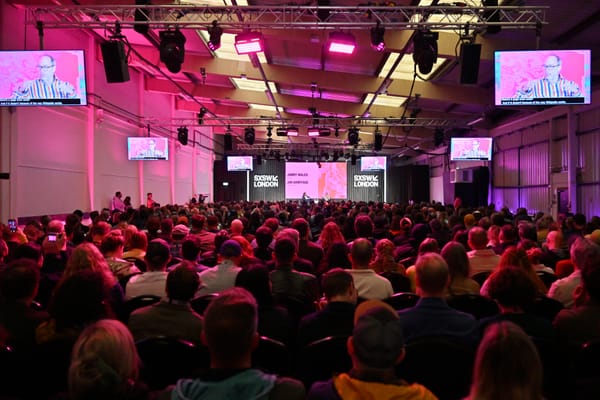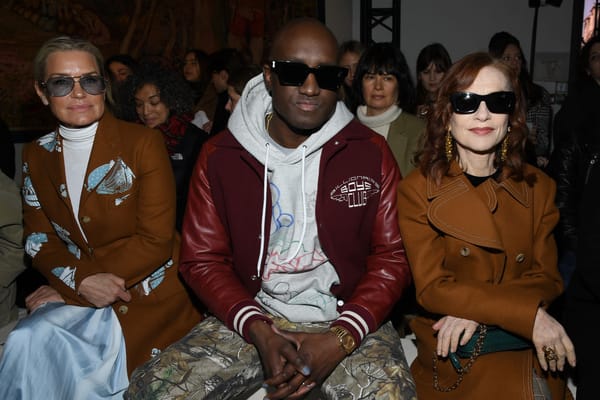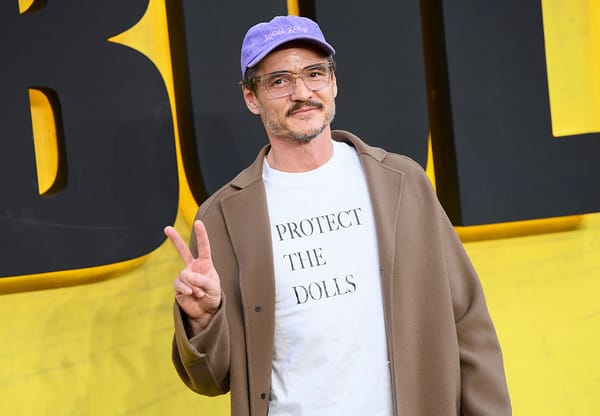The demise of cool
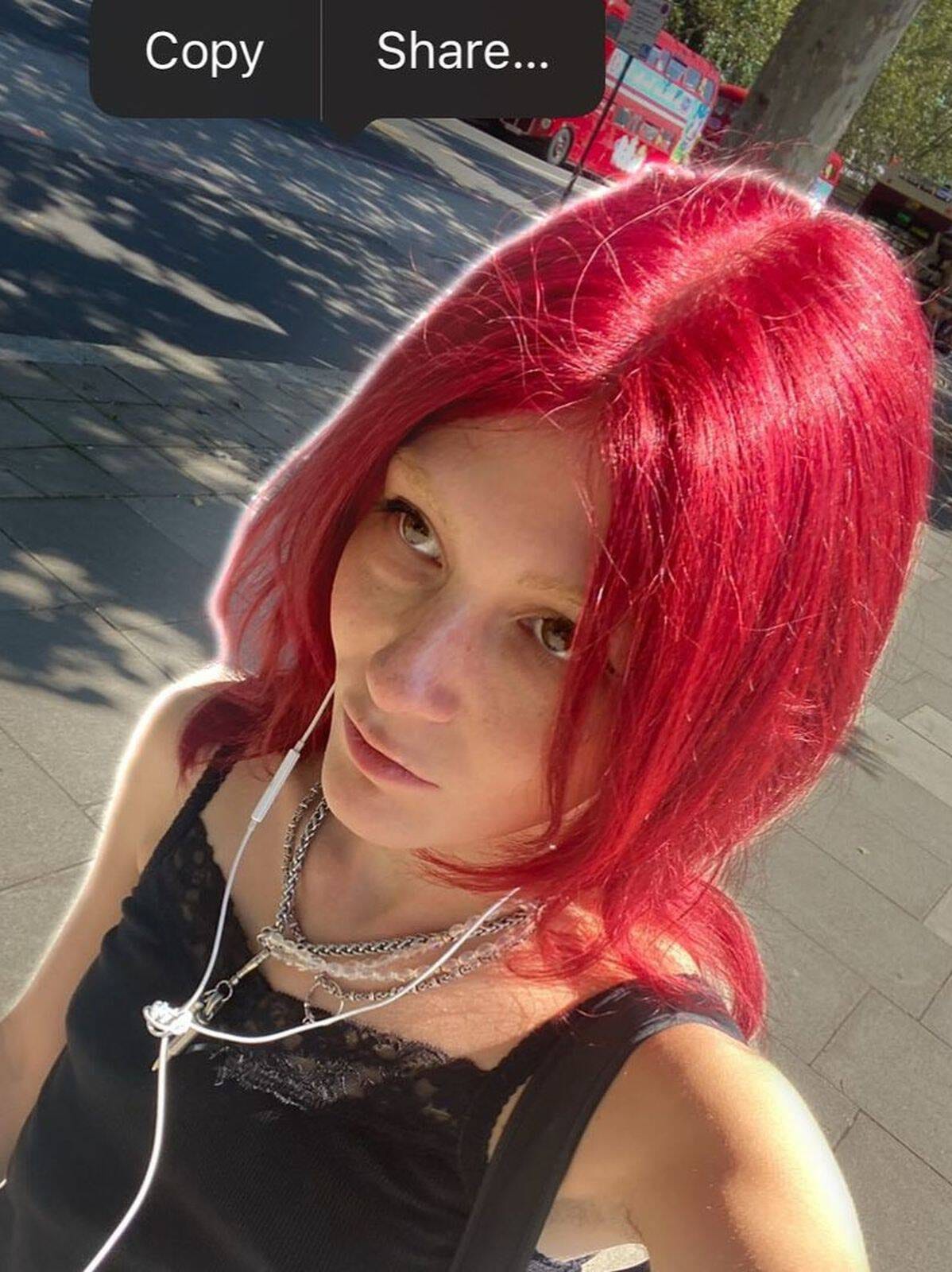
How the algorithm killed cool
Deep into my research around subcultures, I noticed the breadth of the audience's replies to my question, 'what does subculture mean to you?'. Many of our audience associates subculture with ideas of counterculture and of being ‘cool’ and the majority of our audience believe subcultures are extremely influential to them. Subculture has always been a tool to signal otherness. As Samutaro, the trend consultant told us, “People want to prescribe to a subculture because they want to differentiate themselves from the dominant culture.” I was talking to Günseli Yalcinkaya — artist, researcher and Features Editor at Dazed — as part of this research, who told me that she hates the word ‘cool’ saying, 'it's cringe to be cool or even use the term'. I wanted to dig deeper to unpack this in more detail.
“Culture is incredibly flattened. Tastes, trends, the most ‘edgy’ thing you can find is so accessible, spoon-fed to you byTikTok’s algorithm.”
- Günseli Yalcinkaya, Artist, Writer & Researcher
When we say the word cool we mean...
Cool can mean a variety of things. We're referring to the more informal definition, to be fashionably attractive or impressive. Cool has become associated with newness, and newness has become a dirty word. In an era of content overload, we need to become more circular. More than ever before, cool has become a more widely-used term in culture. Is late stage capitalism to blame? Or is it that we have commodified everything?
Recent Google Trends data shows that its use in culture is now in decline...
The commodification of cool
“It’s never been easier to be cool, yet never harder. It’s never been easier to buy into cool as an aesthetic. You used to have to dig for cool things, records or clothes. All these signifiers required some form of cultural knowledge. Now, because of the way that the algorithm operates, [information is] served on a platter. How to be perceived as cool— a perfectly-packaged consumer good.”
– Günseli Yalcinkaya, Artist, Writer & Researcher
Term of the week: Temu-ification

As In: The Temu-ification of Everything
You know how Temu makes anything you can think of? A complete deluge, an overwhelm of stuff. If you can think of it, Temu sells it. For a very, very low price. Like Chinese fashion platform Shein, the online marketplace uses AI to define their product offering. Temu looks at what people click on and add to basket before the item goes into production. Which means that data and consumer demand - again, the algorithm - quite literally determines what is made.
"What I see as cool online is being anti-algorithm. I have tried to glitch the algorithm using deep fried memes (think: memes that imitate and exaggerate the degradation of an image) and random shitposting."
- Günseli Yalcinkaya, Artist, Writer & Researcher
Love it!
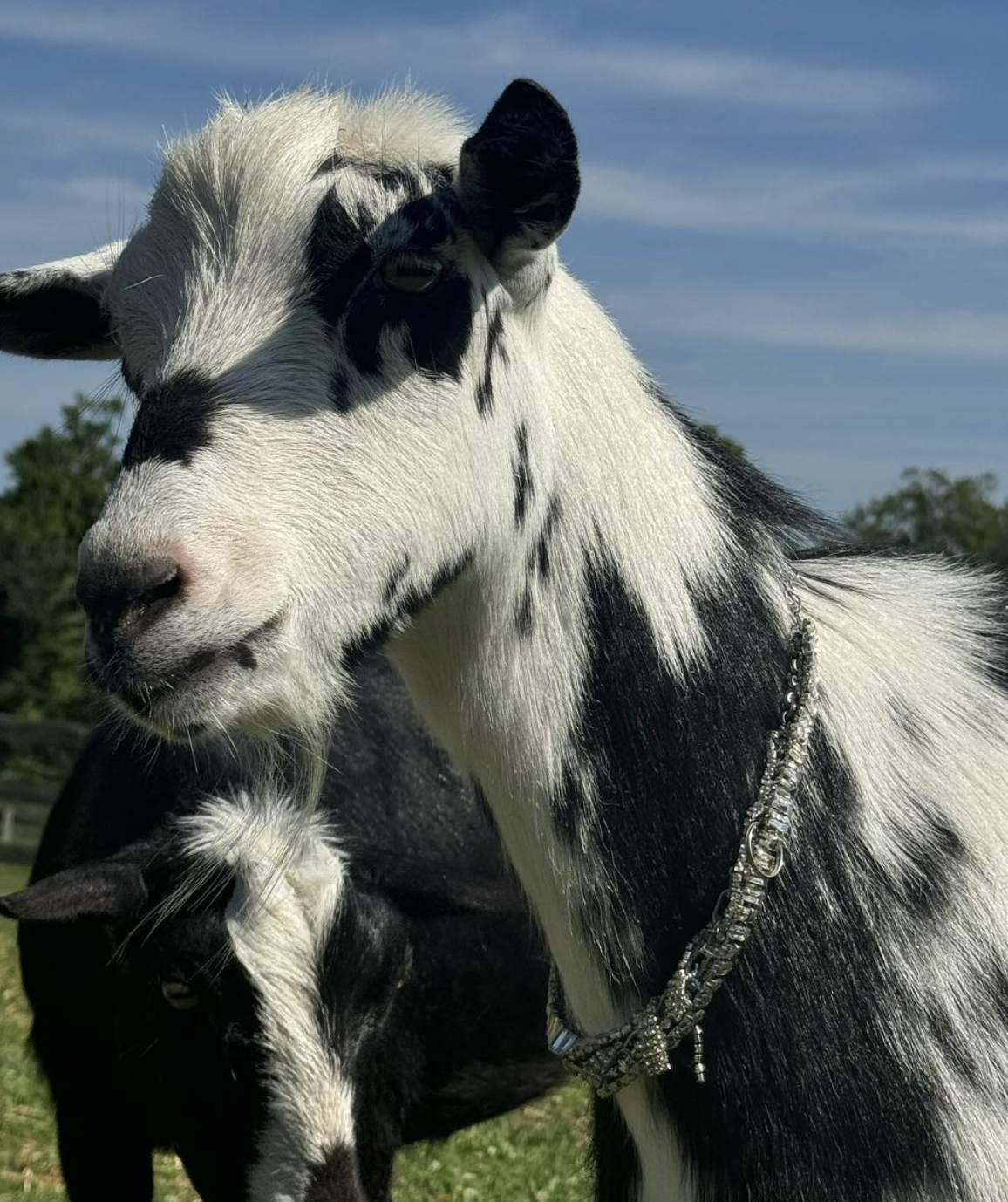
“I think the way [New York fashion brand] Collina Strada approaches social media is great. The way they mix cuteness and classical fashion with internet references. You're also seeing the language and aesthetics of the internet on the actual clothes, on the catwalk.”
– Günseli Yalcinkaya, Artist, Writer & Researcher
Unpopular opinion
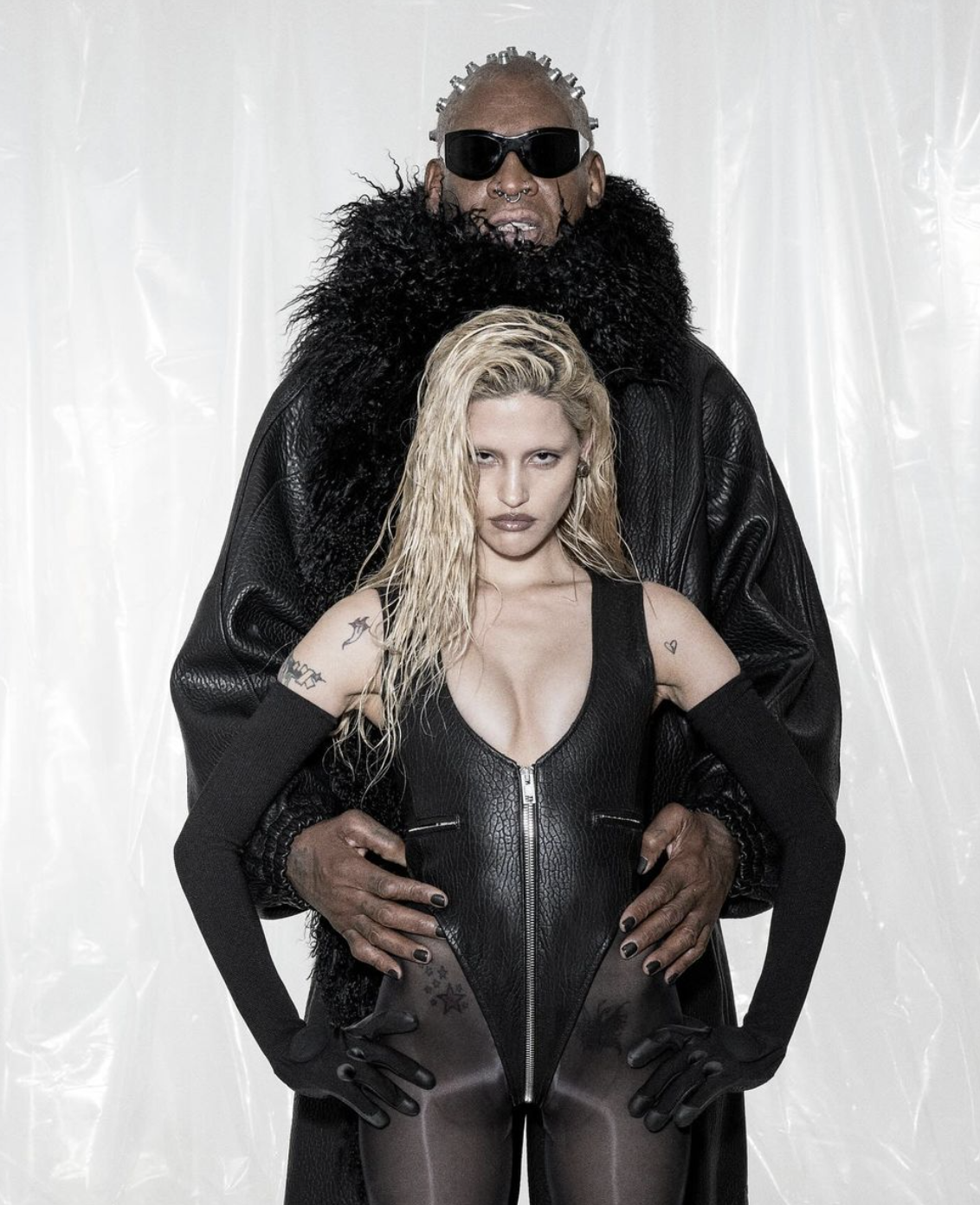
"Cancelled, come back, post cancellation... It’s [a similar story] to John Galliano. All these fashion people coming back… Rebirth. I find Alexander Wang interesting — the brand’s social media is sooooo good. They work with buzzy social media people. They play with the surreal. They build with algorithmic online trends. It aestheticises it. The celebrities [and internet It girls] Ice Spice, Gabbriette and Julia Fox."
– Günseli Yalcinkaya, Artist, Writer & Researcher
The "new cool"
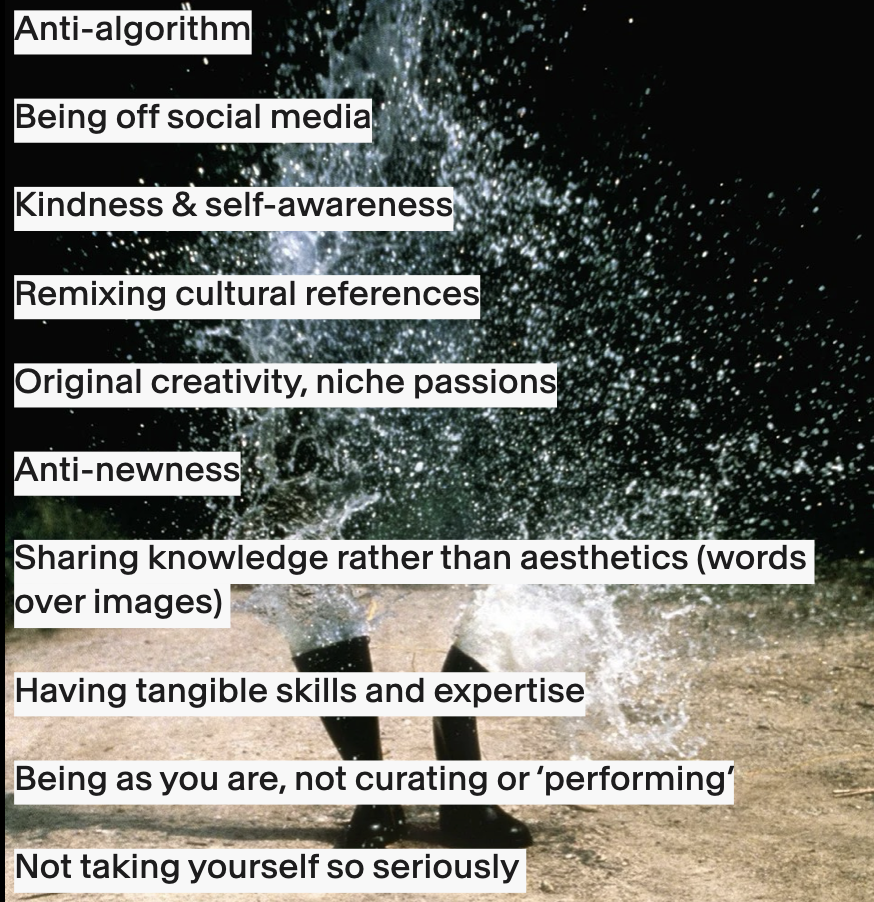
"Trend or social ‘relevance’ doesn’t feed into being cool now. Being cool is people who live authentically and have a passion for something. Regarding clothing, I personally see coolness in style over trend - when I see a stranger's style in the street and it can tell a storied history of who they are."
- Meg, Dazed Clubber
According to Dazed Studio:
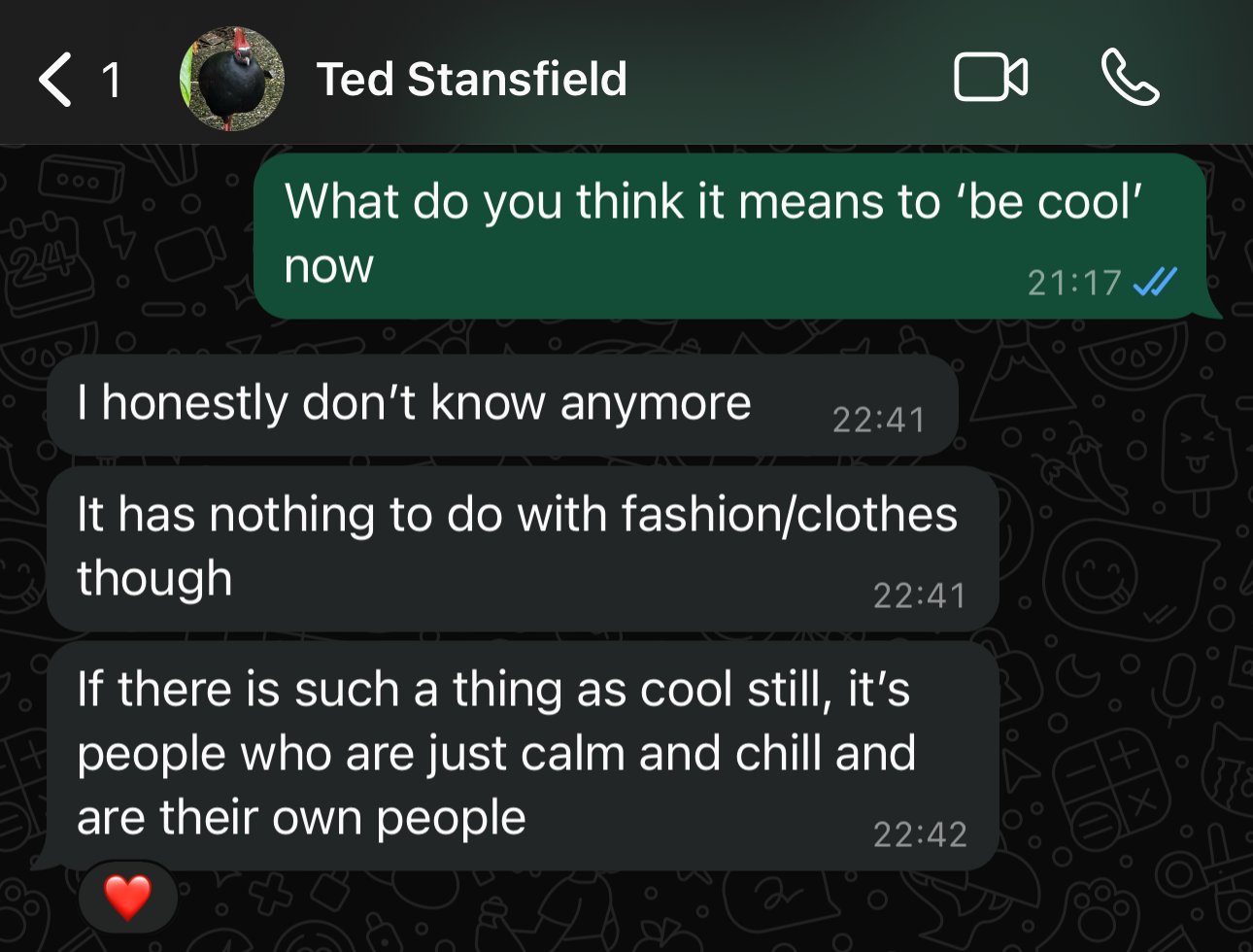

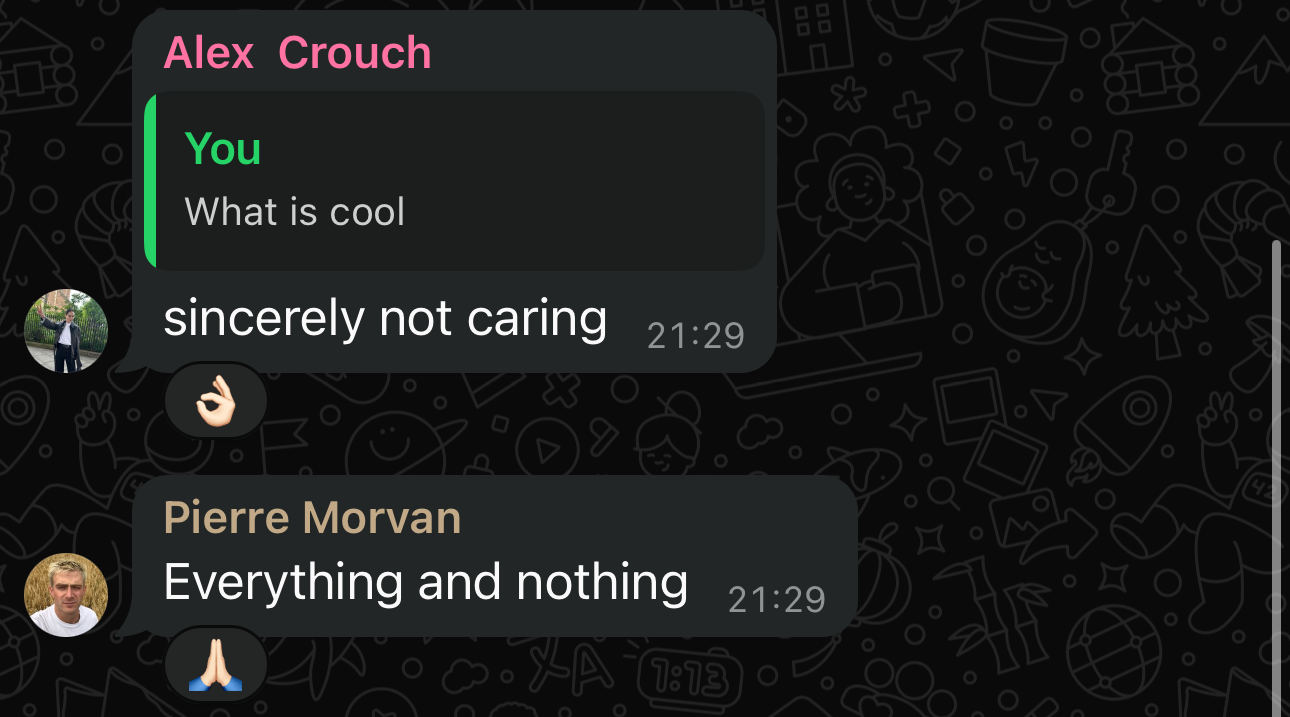
What this means for brands
“What makes a brand most influential is about being above short term trends.”
— Dazed audience respondent
Future forecast
Being cool has long been associated with being aloof. But today, we are seeing the rise of Care Culture. Toby Shorin, a researcher and writer based in Brooklyn, has spent the last decade studying different kinds of communities and subcultures, and embedding himself in new technology movements. He has since set up a platform called Care Culture, a “membership society for emerging leaders in mental health, spirituality, and community,” working on connecting the emergent spiritual and wellness leaders across psychiatry, community organising, philosophy, technology, and clergy.
“I believe these new social forms are critical to cultural renewal, and will lead, not follow, the revitalisation of other critical areas of society, such as education and civic action.”
— Toby Shorin, Researcher & Writer
Might be of interest...
How did cool become such a big deal?
Article by David Skinner, National Endowment for the Humanities



